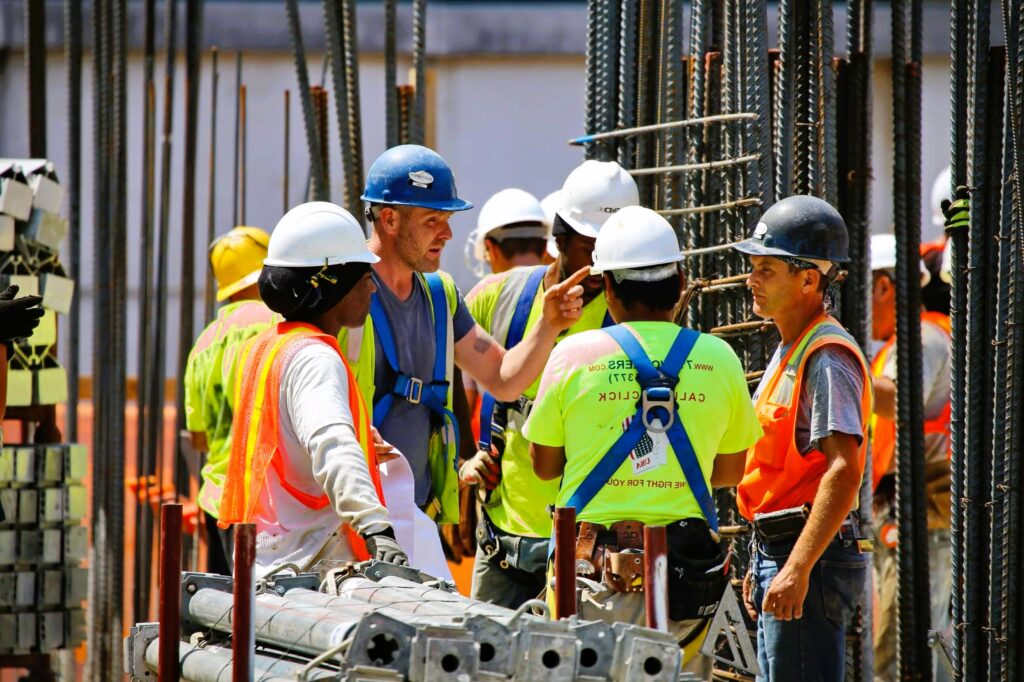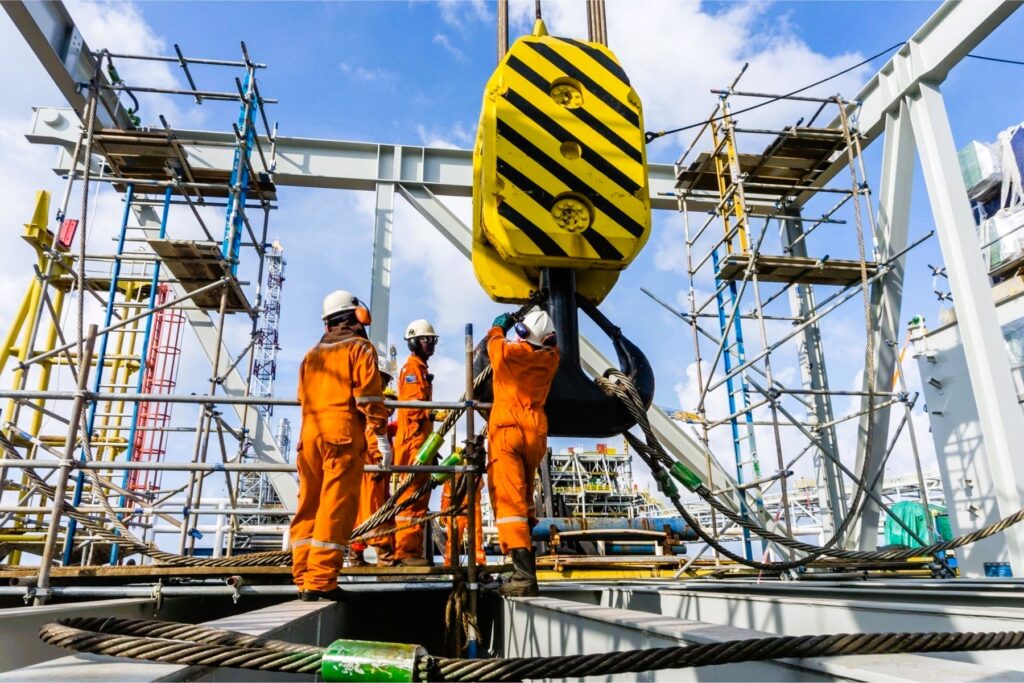Construction sites are dynamic environments where a multitude of activities take place, and safety should always be a top priority. The construction industry involves inherent risks, but with the proper adherence to norms and rules, these risks can be mitigated, ensuring the well-being of workers and the successful completion of projects. In this article, we will delve into the fundamentals of construction site safety, emphasizing the importance of compliance with norms and rules to create a secure working environment.
The Importance of Construction Site Safety
Safety on construction sites is crucial for several reasons:
- Worker Well-Being: The well-being of construction workers is paramount. Ensuring their safety reduces accidents, injuries, and fatalities.
- Legal Compliance: Regulatory bodies enforce safety standards, and non-compliance can result in fines, legal liabilities, and project delays.
- Project Success: A safe work environment contributes to the efficient completion of projects, reducing downtime due to accidents or injuries.
- Reputation: Construction companies with strong safety records build a positive reputation, attracting clients and skilled workers.
Key Safety Norms and Rules

To maintain a safe construction site, the following norms and rules should be rigorously followed:
1. Personal Protective Equipment (PPE)
- Workers should wear appropriate PPE, including hard hats, steel-toed boots, high-visibility vests, safety glasses, and hearing protection, as necessary.
2. Fall Protection
- Fall protection measures, such as guardrails, safety nets, and personal fall arrest systems, must be in place for any work at heights.
3. Scaffolding Safety
- Scaffold construction and use should adhere to safety standards, with regular inspections and proper training for workers.
4. Electrical Safety
- Electrical hazards should be minimized, with appropriate grounding, insulation, and lockout/tagout procedures in place.
5. Hazard Communication
- Proper labeling of hazardous materials, safety data sheets, and employee training on chemical hazards are essential.
6. Heavy Equipment Safety
- Operators of heavy machinery must receive adequate training, and safety protocols for equipment operation should be strictly followed. Read about important aspects of construction, namely waterproofing and insulation of the foundation.
Safety Culture and Training
Creating a culture of safety on construction sites requires ongoing training and awareness:
- Conduct regular safety meetings and toolbox talks to keep workers informed about safety procedures and potential hazards.
- Encourage workers to report safety concerns or incidents promptly.
- Provide comprehensive training for all workers, including new hires, on safety norms and rules.
Regular Inspections and Audits

Regular inspections and audits should be conducted to assess compliance with safety norms and rules. This includes checking for the correct use of PPE, the condition of scaffolding, the functionality of safety equipment, and adherence to electrical safety protocols.
Emergency Preparedness
- Develop and communicate emergency response plans, including evacuation procedures, first aid stations, and contact information for medical services.
- Ensure that fire prevention measures are in place, such as fire extinguishers, and that workers know their locations and how to use them.
Resources for Construction Site Safety
For more detailed information on construction site safety norms and rules in Canada, you can refer to the official website of the Government of Canada.
Conclusion
Construction site safety is an absolute necessity in the construction industry. By adhering to safety norms and rules, construction companies can protect the well-being of their workers, avoid legal complications, maintain a positive reputation, and ensure the successful completion of projects. A strong safety culture, ongoing training, and regular inspections are all essential components of a safe and productive construction site.
